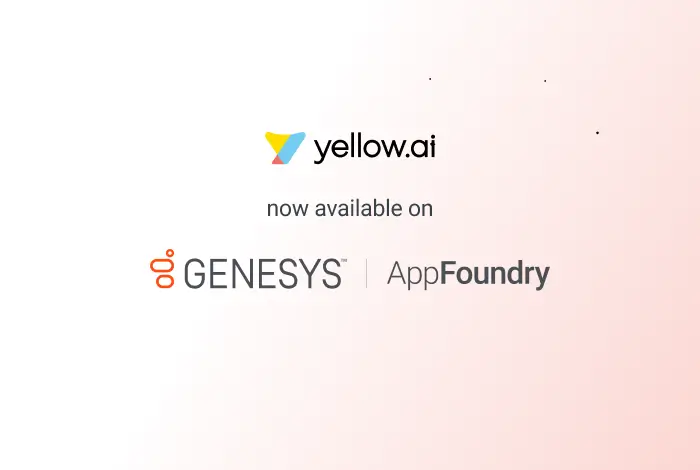Modern enterprises are quick to acknowledge that employees are their biggest assets. There are many research reports that talk about how employee motivation is directly proportional to employee output. You’ll be surprised to know that what motivates employees is not compensation.
81% of employees believe that creating and sustaining a positive work culture is important to good employee experience.
The current inefficiencies of how work is being done limits HRs from doing what really matters – building the right work culture for the employees. The inefficiencies arise from HR systems still being siloed while implementing digital transformation initiatives for your organization.
6 challenges being faced by HR leaders –
- Repetitive tasks: HR executives typically spend a large proportion of time handling manual tasks, such as answering basic employee queries, drafting time-log spreadsheets, managing payroll calculations, etc.
- Lack of data: Gathering and integrating data that provides holistic understanding of employee expectations and needs has been a major roadblocker for HR teams from the start. Furthermore, the struggle is exacerbated when your workforce is diversified across full-time, interns or freelancers and across various devices – mobile & desktop.
- Human errors: Manual data entry is not only an efficient way of managing your organization’s data but also holds the possibility of human errors, which reduces the overall quality of the system at hand.
- Unoptimized processes: Existing processes are not suited to handle the dynamic work requirements that largely vary from each other, thereby leading to higher costs and lower revenue for the business.
- Outdated and blanket workflows: “One size fits all” approach can’t be continued while designing employees’ L&D track, managing employee rewards & incentives. Every employee’s needs and aspirations are not only different, but also changes with time and HRs can no more view them through the same lens.
- Untraceable employee pulse: All of the above contribute to the lack of holistic employee evaluation and how their expectations are changing with time. When HRs can’t keep track of why and who’s missing out in the process, it eventually leads to shortage of good talent over time.
The good news is that conversational AI can reduce these inefficiencies and boost motivation differently for different employees, identify gaps and issues, report to management in-time and lead to keeping the balance and harmony of enterprise business goals and employee motivators.
Dynamic AI Agents have become increasingly prevalent in customer-facing functions such as customer support, marketing, and sales. But, the scope of automation doesn’t end there. Dynamic AI Agents are a great fit for internal business functions such as Human Resources Department, IT Support, Procurement and more.
Dynamic AI agents and HR
The introduction of dynamic AI agents in the HR business function helps improve the overall work quality of HR executives. It reduces the number of repetitive tasks from the HR task pool and helps team members work on more strategic and analytical tasks.
Benefits of using dynamic AI agents in HR

- Automate workflows: A dynamic AI agent empowers both, the employee and employer, from taking the load-off by automating scheduling interviews and meetings, sending friendly reminders to keep employees abreast of policies and benefits, payroll and taxes, leaves and grants.
- Provide information instantly: A dynamic AI agent takes the place of an employee’s first friend at the office. Other than grapevine, it has all other information to give to new-joiners. As a friend, not only can it inform employees on what they need, but also observe their actions and preferences and collect informal feedback throughout their journey within your enterprise.
- Nurture growth: Dynamic AI agents can track an employee’s career & personal goals, design a training path and notify them when relevant programs are launched. It can even refer employees for internal transfer, and in modern enterprises, also drive ice-breaker programs like cross-team notifications on colleague’s birthday, anniversaries, etc.
- Measure sentiment: Dynamic AI agents love crunching numbers and help the management understand their employees inside-out. It has a knack for solving analytical problems at scale. And yes, you can also teach the agents additional metrics, above and beyond what it comes pre-trained with.
- Predict actions: Dynamic AI agents use the above data via complex neural networks to identify trends and predict employees who may need special attention, thereby helping you control attrition before it happens. Isn’t it just awesome?
- Report smarter: A dynamic AI agent not only identifies the problem but also provides data-driven insights to fix them. For example: which demographic of employees are most critical? Should you spend more on benefits, training or engagement? And much more. It comes equipped with a dashboard where you can view the tasks assigned to the HR team and collaborate to take real action on it.
Conversational AI powered digital assistants provide simple yet smart ways of getting work done by taking away the need to have multiple point solutions across HR workflows for your employees with NLU capabilities to extract employee intent and provide the right information with 90% conversational accuracy.
Based on no-code functionality, you and your team can easily automate, track, analyze across workflows to identify knowledge gaps and make instant changes to never let any employee go unserved.
Get started and learn how dynamic AI agents can automate HR processes and improve employee experience.


















